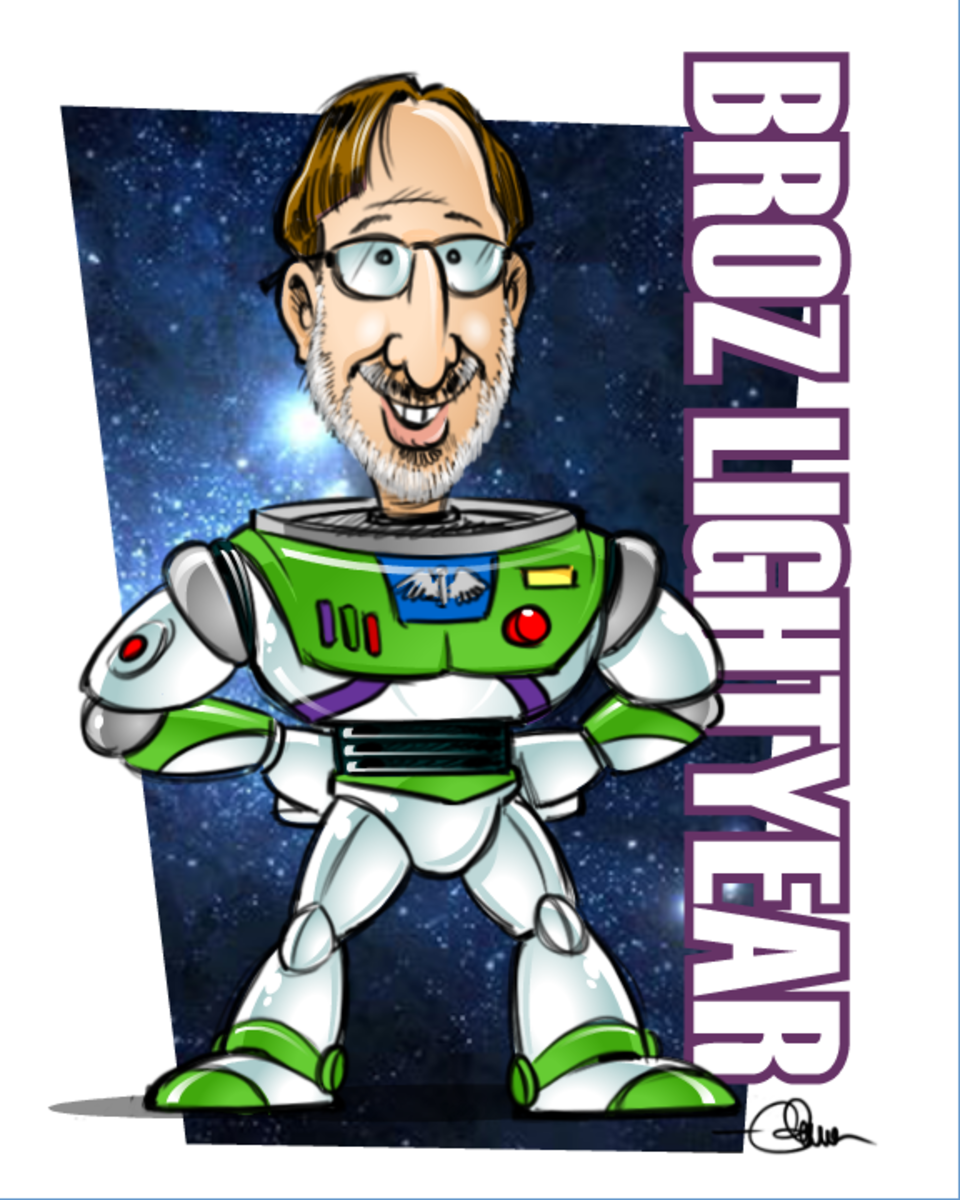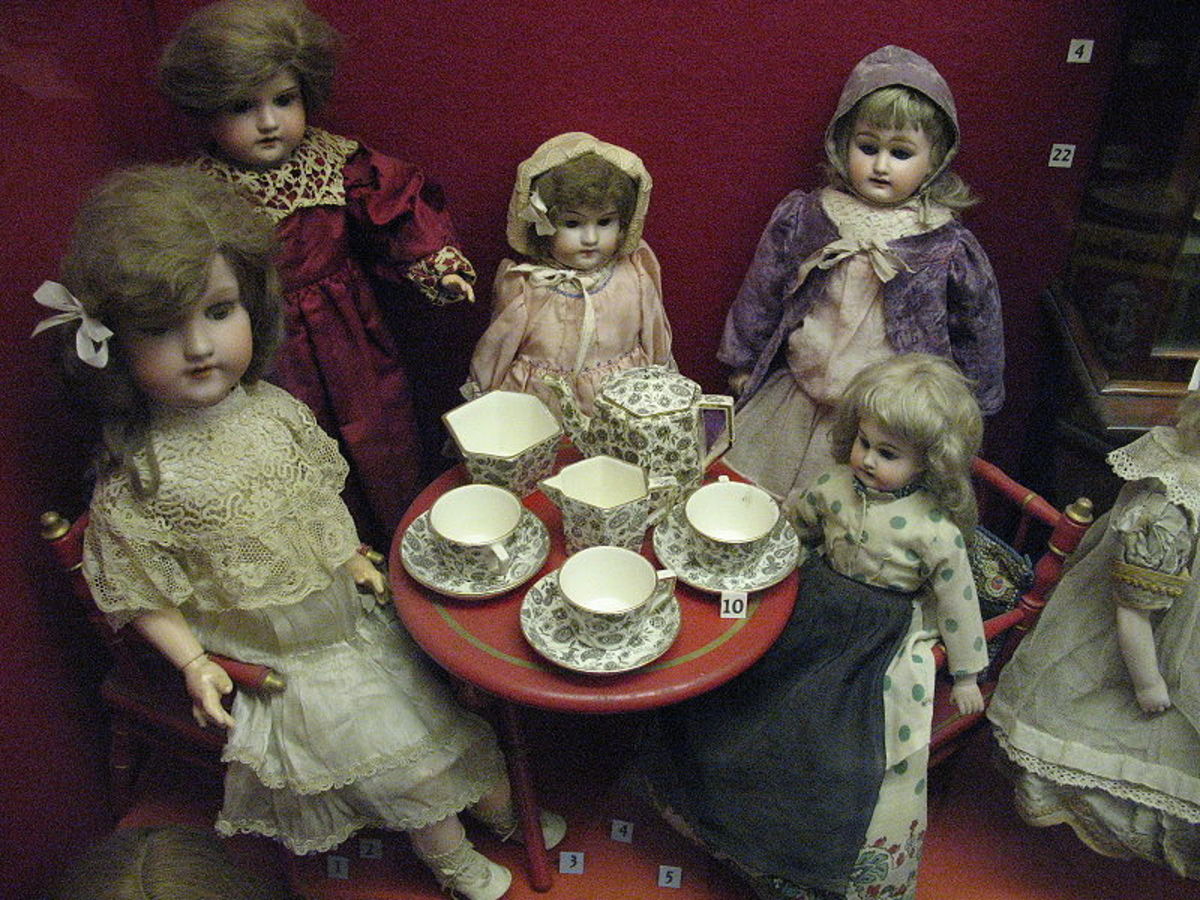Before "Toy Story"


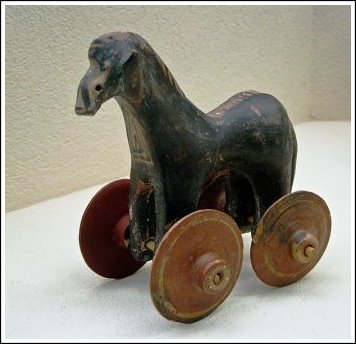
The first toys were perhaps nothing more than rocks, pine cones or sticks and a child's imagination. But the history of toys date back to prehistoric times. Toy dolls, animals, soldiers and tools are readily found at archaeological sites. The origin of the word "toy" is unknown, but historians usually agree it was sometime in the 14th century.
Children toys and games have been around a long time…as early as 4000 B.C. At that time, Babylonians played a game much like todays' game of chess. And in 3000 B.C., games resembling backgammon were played in Rome, Greece and Egypt. In China, kites were being flown around 1000 B.C and Egyptian children were playing with yo-yo’s.
In 200 A.D. the first ice skates made of iron were used in Scandinavia. Can you imagine skating with heavy iron skates? Or playing with a deck of playing cards made of earthenware, tin or wood? Playing cards made their appearance in Asia in 969 A.D. And dolls have been found in Egyptian tombs as early as 2000 BC.

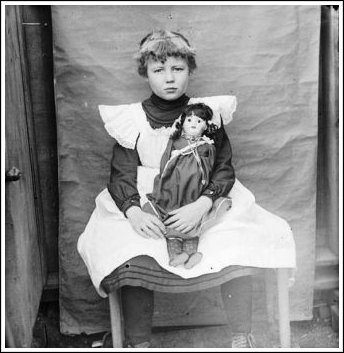
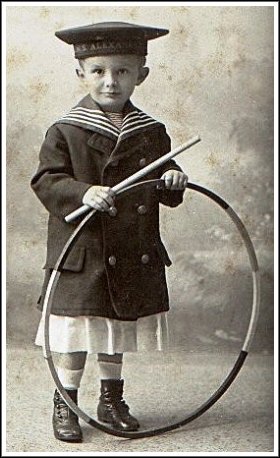
Toys became more advanced as time progressed. In 1759, Joseph Merlin invented the first roller skates. Merlin tried to display his invention at a dinner party, but failed to impress the guests because he couldn’t skate.
The first board game sold in the United States was released in 1843. It was called “The Mansion of Happiness” and was developed by S.B. Ives of Massachusetts. The object was to move around a spiral track and be the first one to gain eternal happiness. Good deeds allowed you to advance. Cruel deeds and ungratefulness moved you back.
The history of puzzles also dates back many thousands of years. The oldest known Mechanical Puzzle comes from Greece in the 3rd century BC.
Some toys, such as “Beanie Babies’ “Cabbage Patch Dolls” and “Boyd’s Bears” are marketed as collectibles. Materials that have been, used to make dolls include corn husks, bone, ivory, stone, wood, porcelain and even apples. As an example of collectibles, the record for a “Pez” dispenser at an auction is $1,100 U.S.
Other toys have been created purely by accident. In 1943 Richard James was experimenting with springs as part of his military research. One fell to the floor and James was intrigued by the way it bounced around. After two years of fine-tuning, the “Slinky” was born.
In 1840, American doll maker Madame Alexander was issued a patent to mass produce dolls and was the first to base a doll on a character. In 1950, one doll manufacturer insisted their dolls be fashionable and the fact their stockings kept slipping down didn’t do much for a fashionable image. Therefore, from then on stockings were sewn to the doll’s underwear. This made a new product called pantyhose.

Seventeenth century Flemish painters have painted children blowing bubbles with clay pipes. In the 18th and 19th century, children used leftover washing soap to blow bubbles. And at the beginning of the 20th century, street peddlers were among the first to sell bubbles as a toy.
During the early 1940's, a chemical company, “Chemtoy,” revolutionized the way the world viewed toys by bottling a bubble solution. “Tootsietoy” Company later acquired the small chemical company and put bubble solution on the market around the late 1940s. Today, bubble solution is the best selling toy in the world!
Many people mistakenly assume the popular architectural “Lincoln Logs” sets were named after log-cabin-dwelling Abe Lincoln. But they are mistaken. They were invented by Frank Lloyd Wrights' kid John, who observed the interlocking beams his father had used in the basement of Tokyo's Imperial Hotel.
Frank Wright had designed the interlocking beams to counter earthquakes and John suggested the idea would make a great children's toy. John named the logs for his father's discarded middle name, Lincoln, and they've been a hot item since 1918.
And who doesn’t remember playing marbles? Toy marbles have been around for thousands of years. However, until relatively recent times, they were expensive to produce because they were created by hand, one-marble-at-a-time. Samuel C. Dyke changed all that in 1884 when he invented machinery to mass-produce clay toy marbles. They later became known as "commies" by children who played with them because they became so common among varieties of marbles which would later be produced.
Mass-production caused the price of marbles to dramatically plummet. For the first time in history, children could afford to buy a toy with their own money. A penny would buy a handful of clay marbles.
Dyke's Akron Toy Company success spurred others to establish marble works in the Akron area. A few years later, in 1891, Sam Dyke founded The American Marble & Toy Manufacturing Company, which became the largest toy company to operate in the United States during the 19th century.
Today, toys have become a multi-billion dollar industry in the United States totaled about $22.9 billion. Toy makers thoroughly research the market to keep abreast of the ever changing demands of children.
Todays' toys have become increasingly complicated with flashing lights and sounds to appeal to children raised around television and the internet.
Mattel, an industry leader, is in the forefront of innovation. Mattel president, Neil Friedman, says: "Innovation is the key in the toy industry and to succeed one must create a 'wow' moment for kids by designing toys that have fun, innovative features and include new technologies and engaging content."
To remain competitive and reduce costs, many toy manufacturers have relocated their factories to where wages are lower. For example, 75% of all toys sold in the U.S. are manufactured in China.
With the advent of the internet and video games many traditional toy manufacturers have steadily been losing money. In an attempt to keep up many have entered the field of electronic games and are introducing interactive extensions or internet connectivity to their line of products.
But even with electronic games the award for the most popular toy in history, with sales of over 1 billion around the world, goes to Ruth Handler. She created the “Barbie” doll which made its’ debut in 1959.




